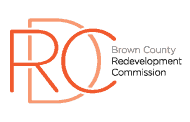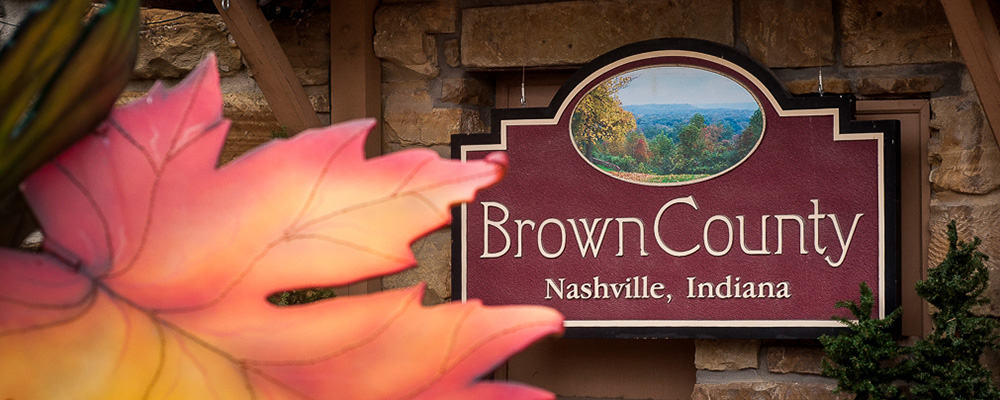About the RDC
The Brown County Redevelopment Commission is a five-member board appointed by the Brown County Commissioners under the authority of Indiana Code 36-7-14.
The Current 2020 board members are:
- President – Justin Schwenk
- Vice President – Jim Shultz
- Secretary – Sean Milloy
- Board Members – Gary Bartels, Michael Spalding
State law charges the commission with investigating, studying and surveying areas within Brown County that need redevelopment, and then determining a plan for combating problem areas.
The BCRDC mission is to expand the tax base through residential and business growth by engaging residents, government, not for profit institutions, schools, businesses, and others that support the vision of Brown County as “A Better Place, to Live, Work, or Play. “
We envision that through a collaborative process and building upon past planning initiatives, such as the Community Report “Brown County 2020: A Vision for the Future” and “Leading Brown County: A Strategic Renewal of “Brown County 2020 – A Vision for the Future”, we will be able to attract and support the development of new residences and businesses that align with the Comprehensive Plan for Brown County.
The Indiana Office of Community and Rural Affairs believes healthy communities share certain characteristics, a compilation called Community Vitality (CVI), which are used as benchmarks to gauge a community’s vibrancy.
The RDC has developed the CVIs for Brown County and will use these benchmarks to help raise awareness, assess progress and reinforce the need for growth. OCRA encourages communities to use the characteristics to guide and encourage discussions between citizens and officials. The CVI categories (provided by OCRA) include:
- Assessed Value, which is the total dollar value assigned to all real property, improvements and personal property subject to taxation.
- Per Capita Income, which is the mean money income received in the past 12 months computed for every man, woman, and child in a geographic area. This is calculated by dividing the total income of all people 15 years and older by the total population in a given area.
- Population Growth refers to the change in population, which includes the surplus or deficit of births over deaths, balanced with the number of people entering or leaving a specific area.
- Educational Attainment Rate is the change in the educational status of each community by age and level of education completed.
- Public School Enrollment includes the number of students in grades kindergarten to 12 in public schools in the county.












